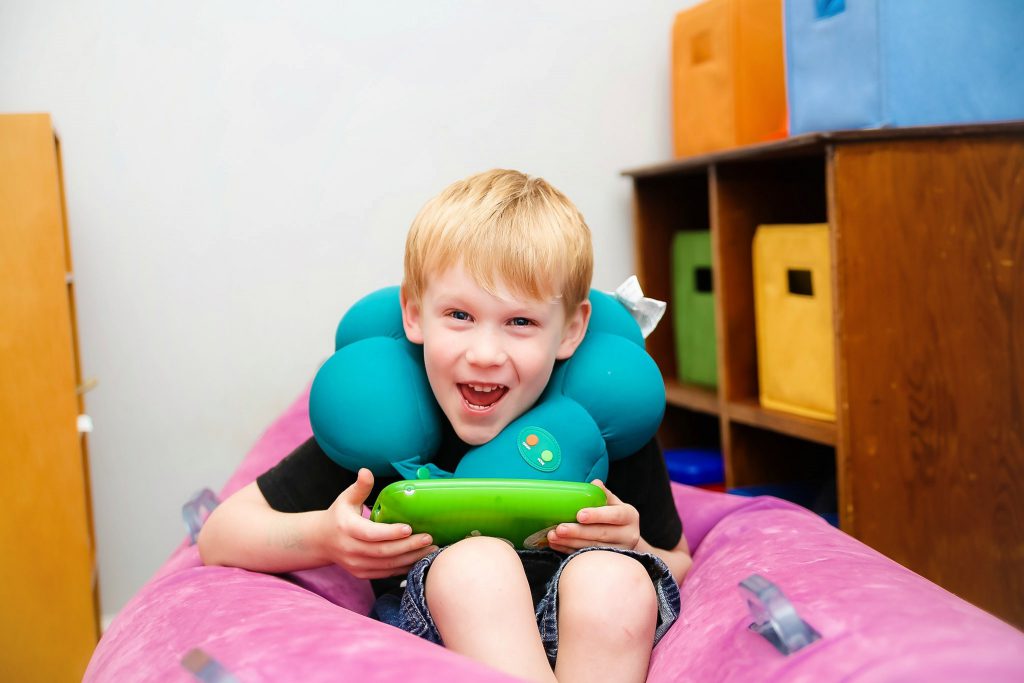One of the questions I get asked most frequently, is how we figured out Everett had Sensory Processing Disorder and how they could spot it with their child.
The conversation usually starts with a “I hope you don’t mind,” and they’ll ask some question about SPD, such as “was Everett diagnosed easily?” “Does he have food aversions?” “Does Everett have issues transitioning?” The list goes on and on.
This is actually one of the reasons I started this blog. I figured it would be a lot easier on my fingers if I could just direct them to one place that would answer their questions.
You can read a general summary of Everett’s story here. His story will give you an idea of what led to Everett being diagnosed with SPD. The goal of this blog post, is to help explain SPD in detail, talk about what goes into diagnosing SPD, and offer offer some helpful diagnostic links.
Sensory Processing Disorder is a condition in which the brain has trouble receiving and responding to information that comes in through the senses.
What does this mean?
Some kids seem to have trouble handling the information their senses take in—things like sound, touch, taste, sight, and smell. Besides these common senses, there are also two other less well known ones that can be affected—proprioception, or a sense of body awareness, and vestibular sense, which involves movement, balance, and coordination. Everett’s biggest issues are with proprioception, vestibular, sound, and touch. He has a few mild issues with taste, sight, and smell, but not enough that it would classify him as having SPD. We sought a diagnosis after he had issues interacting with his peers, and the above mentioned issues were severe enough to warrant a diagnosis.
Essentially, kids with sensory processing issues experience too much or too little stimulation through these senses.
They may also have difficulty integrating sensory information—for example, when Everett hears a child crying, his first response is to hit them to “turn them off” rather than comfort them. He literally can’t process their feelings while they are making so much noise.

